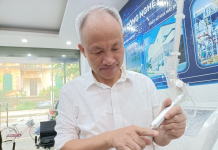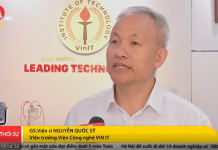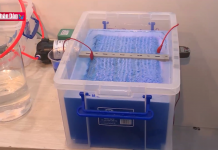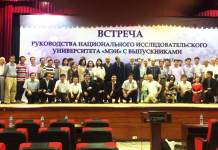Biological wastewater treatment is an important and integral step of wastewater treatment system and it treats wastewater coming from either residential buildings or industries etc. It is often called as Secondary Treatment process which is used to remove any contaminants that left over after primary treatment. Chemical treatment of waste water makes use of chemicals to react with pollutants present in the wastewater and where as biological treatment uses microorganisms to degrade wastewater contaminants. This treatment rely on bacteria, nematodes, algae, fungi, protozoa, rotifers to break down unstable organic wastes using normal cellular processes to stable inorganic forms.
Aerobic wastewater treatment is a biological process that takes place in the presence of oxygen. It is the rapid and the most efficient biological waste treatment which remove up to 98% of organic contaminants. This process causes effective breakdown of organic pollutants and yields a cleaner water effluent than anaerobic treatment. Aerobic biological treatment processes include many processes such as activated sludge process, trickling filter, aerated lagoons and oxidation ponds etc. Activated sludge process is the most widely used process for domestic and industrial wastewater. Aerobic biological treatment will remain efficient and stable in all conditions.
1. Activated Sludge Process – The activated sludge process is the most widely used biological waste treatment in secondary stage of wastewater treatment. An activated sludge process refers to a multi-chamber reactor unit that makes use of highly concentrated microorganisms to degrade organics and remove nutrients from wastewater to produce a high-quality effluent. In this method, the sewage containing organic matter with the microorganisms is aerated (by a mechanical aerator) in an aeration tank. This process speeds up waste decomposition. Aeration in an activated sludge process is based on pumping air into a tank, which promotes the microbial growth in the wastewater. The effluent from the aeration tank containing the flocculent microbial mass, known as sludge, is separated in a settling tank, sometimes called a secondary settler or a clarifier.
The activated sludge process is a very compact, low-cost and an efficient biological treatment system for sewage/waste water treatment. Conventional flow diagram for Activated Sludge Process is shown below:
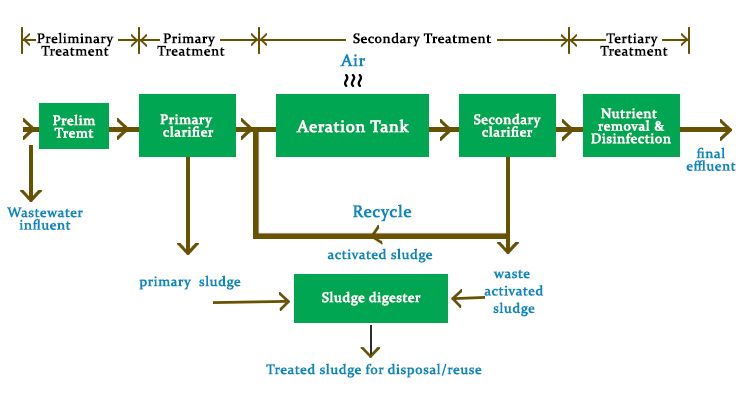
2. Trickling filters – This is the second commonly using type of aerobic treatment which is also called as percolating or sprinkling filters. These filters are commonly used to remove compounds such as ammonia from the water after primary treatment. The secondary effluent that settles will either enter a digest.
3. Aerated Lagoons – It is one of the aerobic biological wastewater or waste treatment process. An aerated lagoon is a treatment pond that is provided with mechanical aeration that introduces oxygen into the pond in order to promote the biological oxidation of the wastewater. The effluent of aerated ponds may be reused or used for recharge, but settled sludge requires a further treatment.
4. Oxidation Pond -The ponds involve an interaction between bacteria, algae and other organisms which feed on the organic matter received from primary effluent. These ponds are also productive, because it generates effluent that can be used for other applications. Overall the process is slow and requires large areas of land. Typically oxidation ponds are used in areas with small populations where land is readily available.
neoakruthi.com


